Table of Contents
Come join us now, and enjoy playing your beloved music and browse through great scores of every level and styles!
Can’t find the songbook you’re looking for? Please, email us at: sheetmusiclibrarypdf@gmail.com We’d like to help you!
Remembering Miles Davis, born on this day in 1926 (1926-1991).
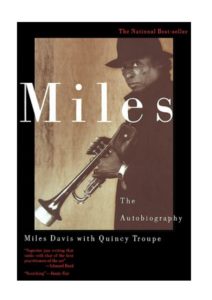
Miles Davis: The Revolutionary Genius of Jazz
Miles Davis (1926–1991) stands as one of the most groundbreaking and influential figures in jazz history. Over a career spanning five decades, he continuously reinvented his sound, pioneering multiple jazz movements and shaping modern music. Known for his muted, introspective trumpet tone and fearless experimentation, Davis refused to be confined by tradition, moving from bebop to cool jazz, modal jazz, fusion, and beyond.
This comprehensive article explores his life, musical innovations, improvisational techniques, harmonic approaches, key influences, lasting legacy, essential recordings, film appearances, and links to documentaries and performances.
Best Sheet Music download from our Library.

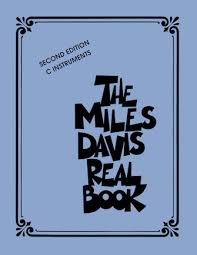
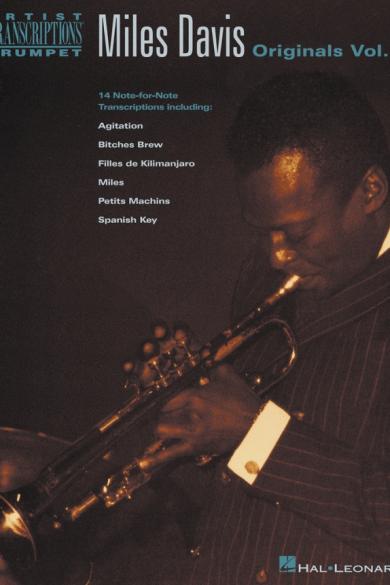
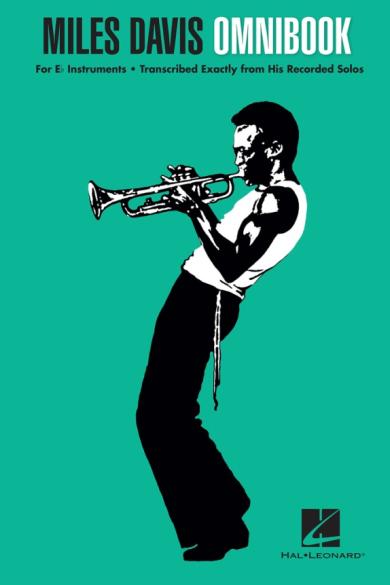
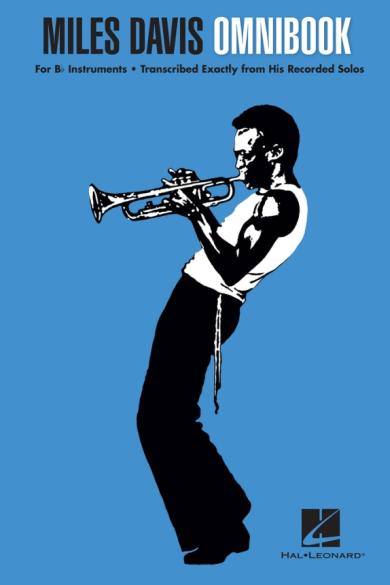
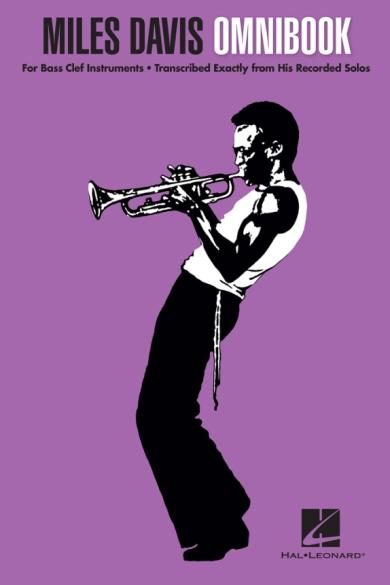
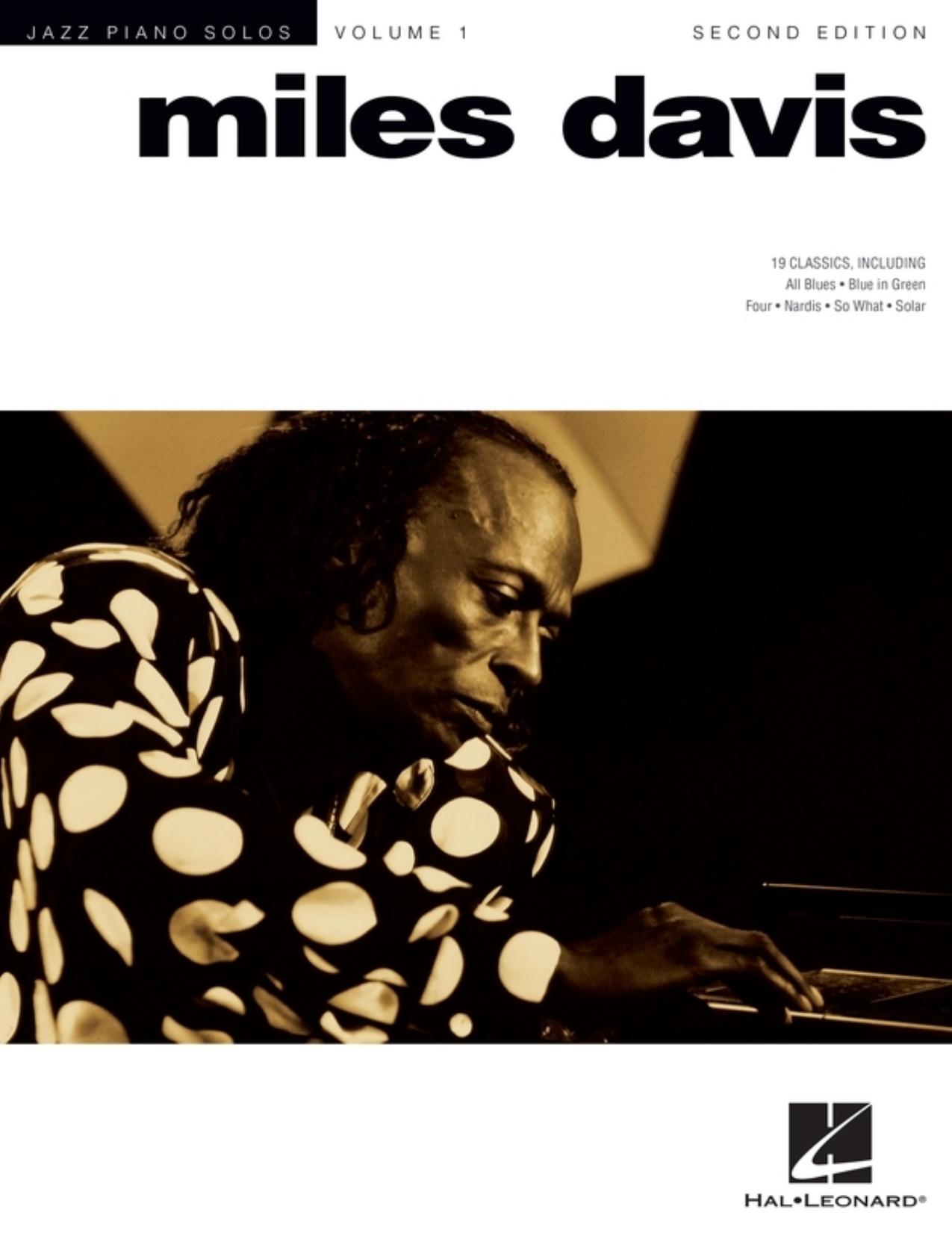



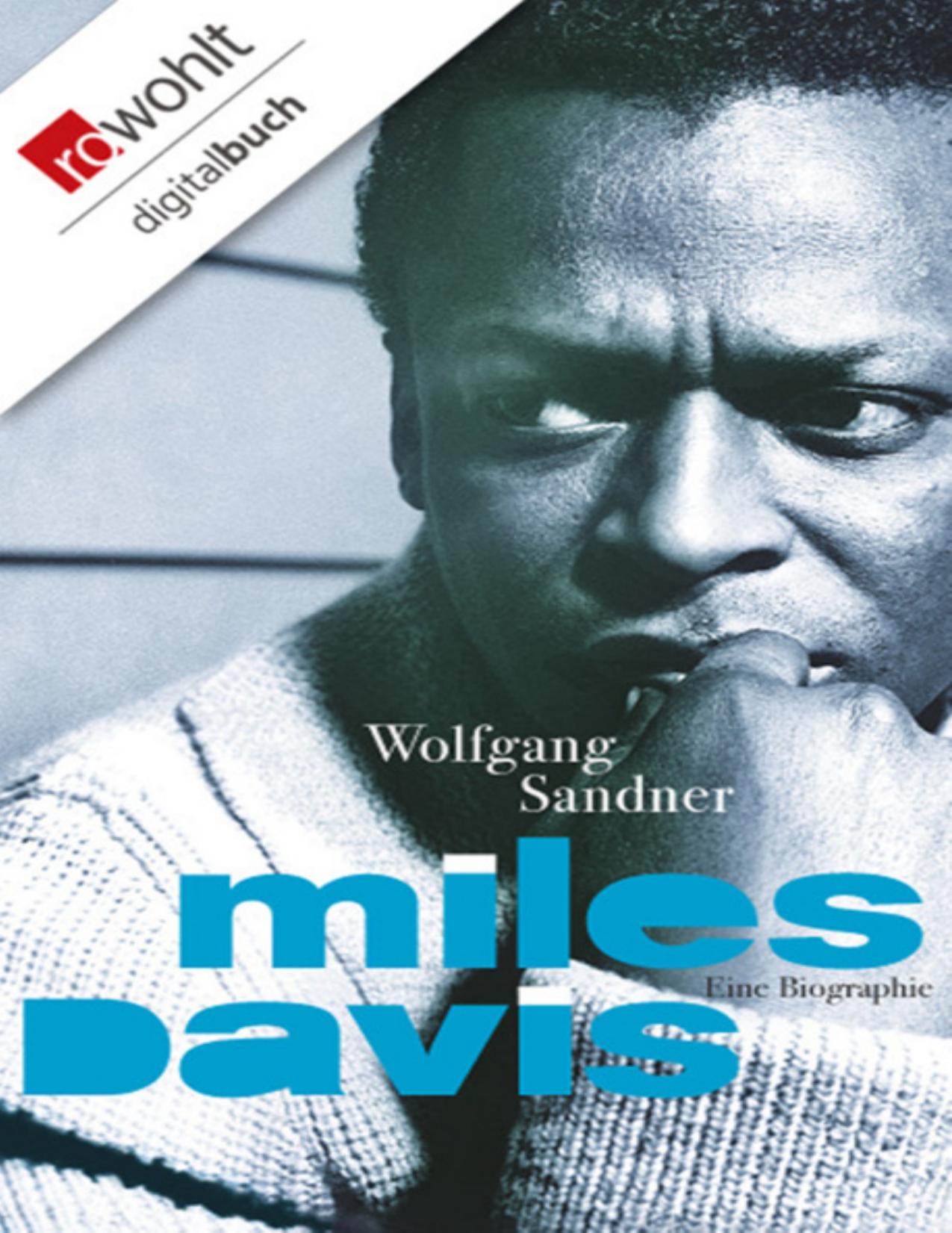
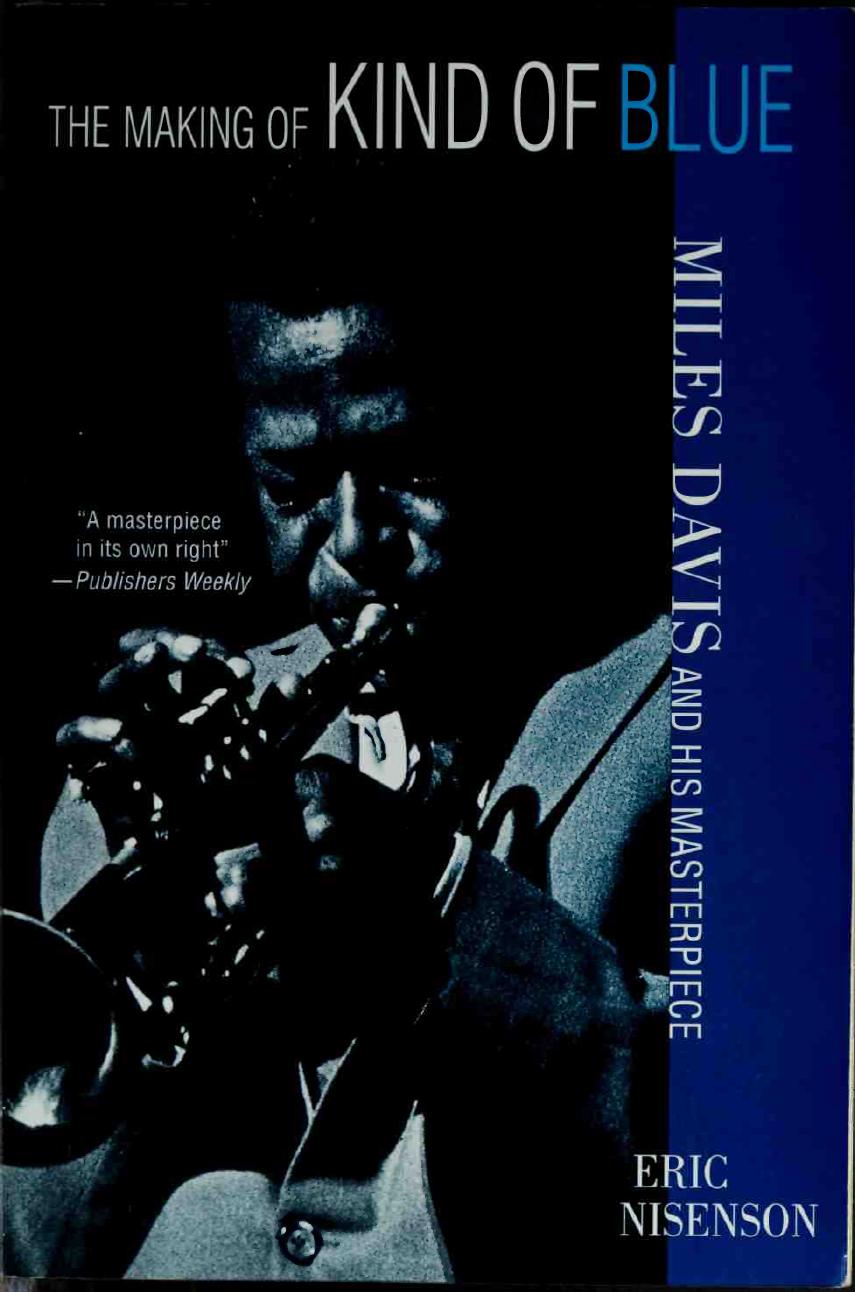
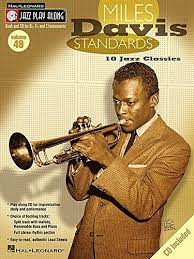
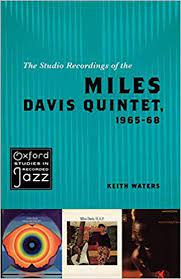

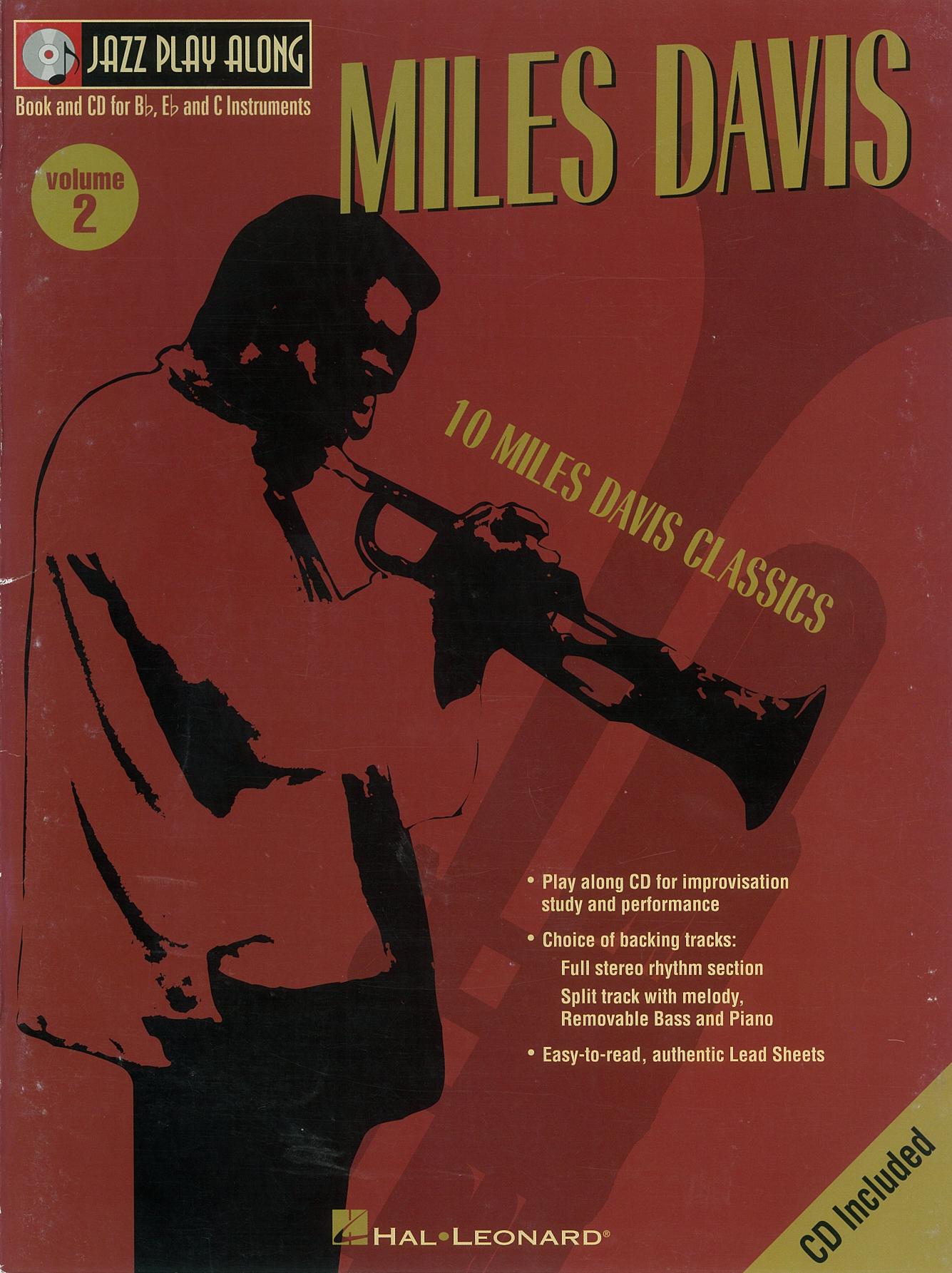

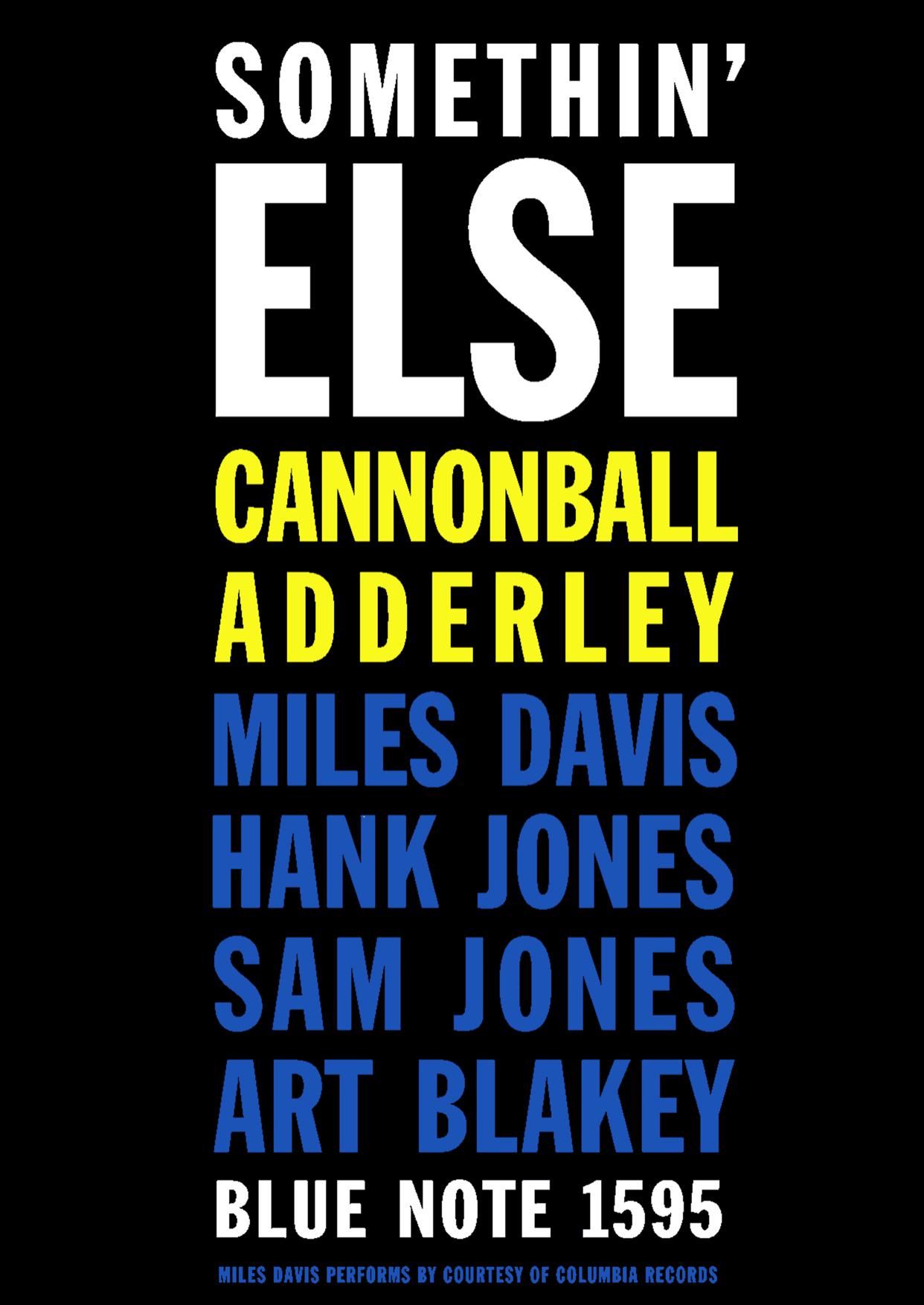
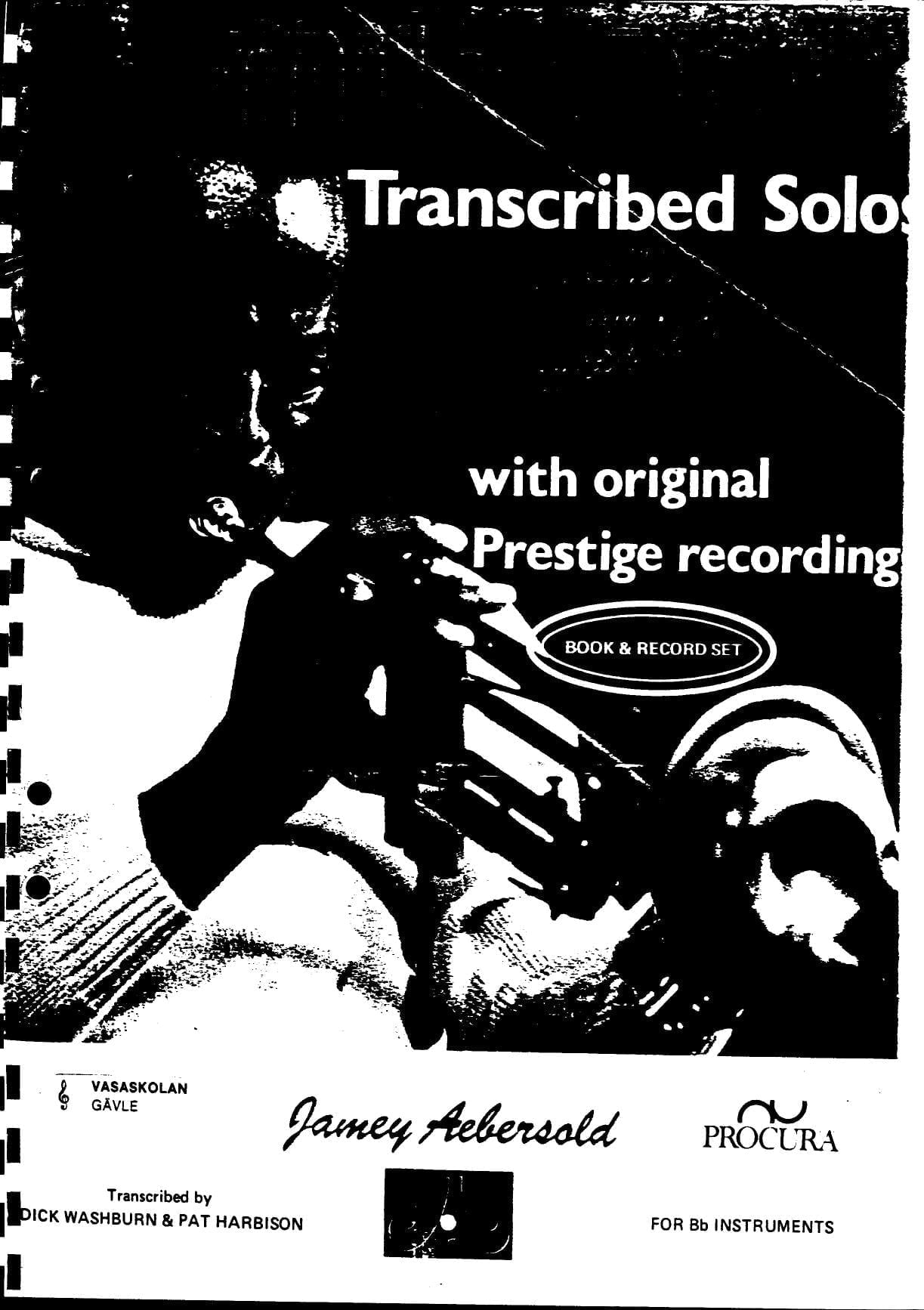
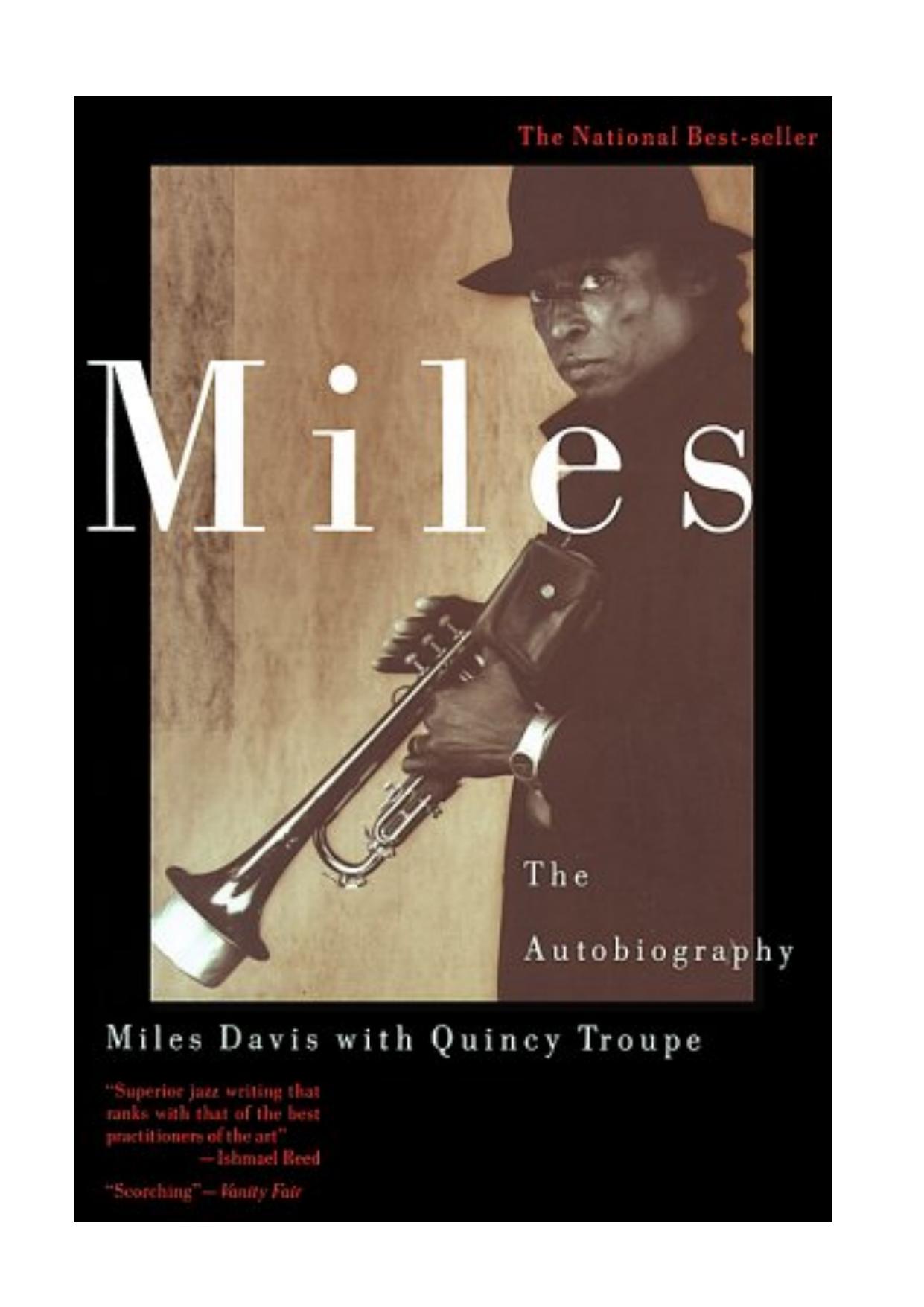

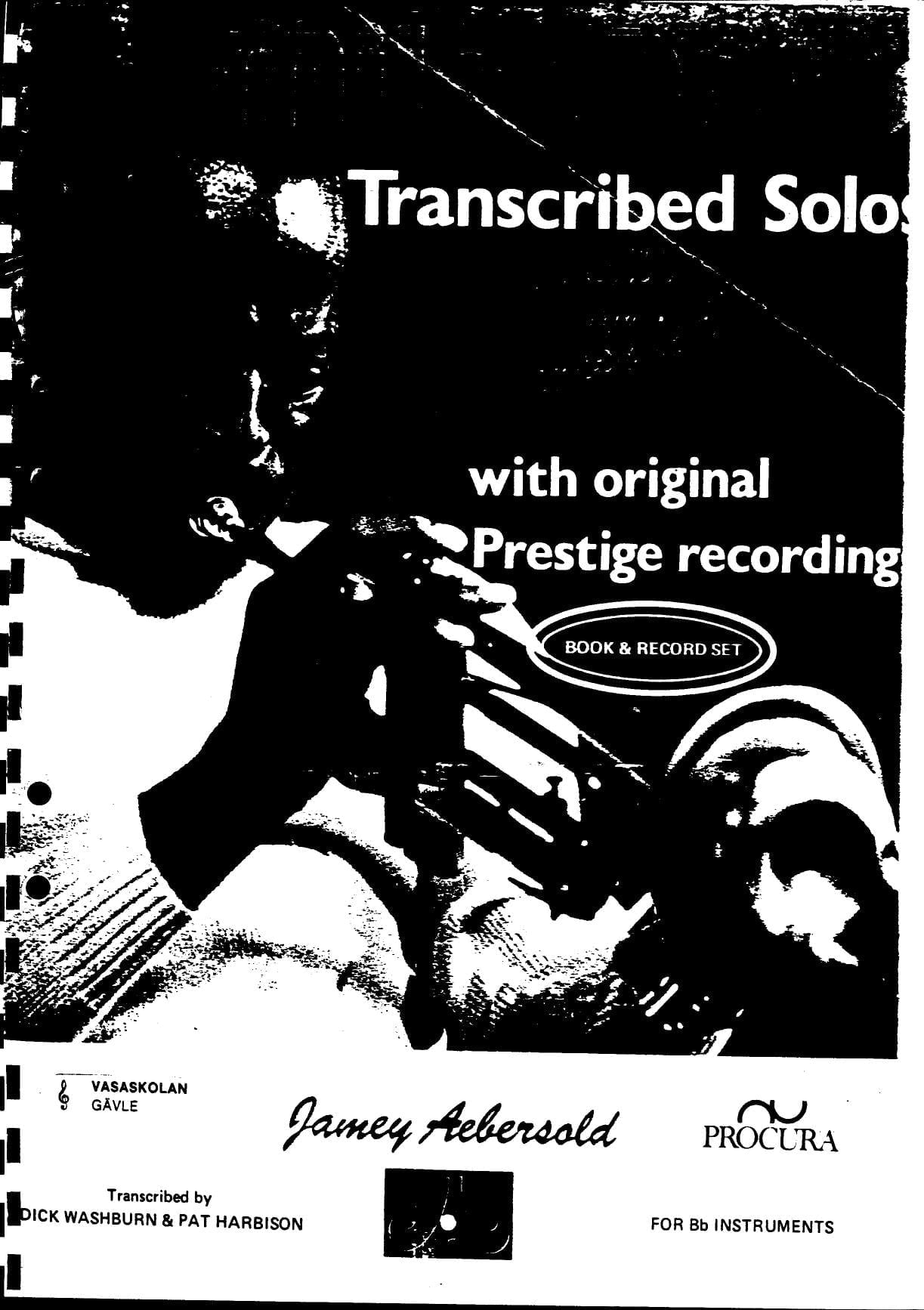
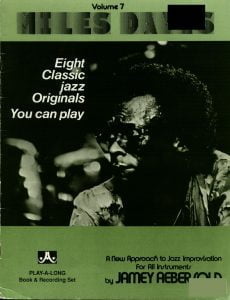

Biography
Early Life (1926–1944)
Miles Dewey Davis III was born on May 26, 1926, in Alton, Illinois, and raised in East St. Louis. His father, a dentist, and his mother, a music teacher, provided a comfortable middle-class upbringing. At 13, Davis received his first trumpet and quickly showed talent, studying under Elwood Buchanan, who discouraged vibrato—helping shape Davis’s signature clear, piercing tone.
Browse in the Library:
Or browse in the categories menus & download the Library Catalog PDF:

Please, subscribe to our Library.
If you are already a subscriber, please, check our NEW SCORES’ page every month for new sheet music. THANK YOU!
New York and Bebop (1944–1948)
In 1944, Davis moved to New York, ostensibly to attend Juilliard, but he was far more interested in the city’s thriving jazz scene. He soon connected with Charlie Parker and Dizzy Gillespie, becoming a sideman in Parker’s band. Though overshadowed initially by Gillespie’s virtuosity, Davis developed a more restrained, melodic approach.
Birth of the Cool and Hard Bop (1949–1958)
Between 1949–50, Davis led the “Birth of the Cool” sessions, introducing a more relaxed, orchestrated sound that became a cornerstone of cool jazz. However, heroin addiction derailed his career in the early 1950s. After overcoming addiction, he formed his “First Great Quintet” (1955–1958) with John Coltrane, Red Garland, Paul Chambers, and Philly Joe Jones, producing hard bop classics like “’Round Midnight” (1956) and “Milestones” (1958).
Modal Jazz and Kind of Blue (1959–1963)
Davis’s most revolutionary period arrived with “Kind of Blue” (1959), the best-selling jazz album of all time. Collaborating with Bill Evans, Coltrane, Cannonball Adderley, and others, he pioneered modal jazz, emphasizing scales over rapid chord changes. Tracks like “So What” and “Blue in Green” became timeless standards.
Second Great Quintet and Avant-Garde Jazz (1964–1968)
In the mid-1960s, Davis assembled his “Second Great Quintet” with Wayne Shorter, Herbie Hancock, Ron Carter, and Tony Williams, pushing jazz into more abstract territory with albums like “E.S.P.” (1965) and “Nefertiti” (1968).
Electric Fusion and Bitches Brew (1969–1975)
Influenced by rock and funk, Davis embraced electric instruments, creating jazz fusion. “In a Silent Way” (1969) and “Bitches Brew” (1970) were groundbreaking, blending improvisation with studio effects and rock rhythms. This era alienated some purists but expanded jazz’s audience.
Hiatus and Comeback (1975–1991)
Health issues and drug problems led to a five-year hiatus. He returned in the 1980s with a pop-influenced sound, collaborating with Marcus Miller and covering songs like “Human Nature” (from Michael Jackson’s Thriller). His final album, “Doo-Bop” (1992), fused jazz with hip-hop.
Davis died on September 28, 1991, from complications of a stroke, pneumonia, and respiratory failure.
Music Style and Innovations
Trumpet Technique
- Minimalist, lyrical phrasing (contrasting with bebop’s speed)
- Use of the Harmon mute (signature sound on “So What” and “All Blues”)
- Space and silence (letting notes breathe for dramatic effect)
Harmonic Approach
- Modal Jazz: Moving away from bebop’s rapid chord changes (“So What” uses just two modes: D Dorian and Eb Dorian).
- Chromaticism and Quartal Harmony: Used in “Milestones” and “Flamenco Sketches”.
- Post-Bop Complexity: Later works featured shifting time signatures and polytonality.
Improvisational Licks and Concepts
Davis’s solos were built on:
- Motivic Development (repeating and varying short melodic ideas)
- Use of the Blues Scale (e.g., “Freddie Freeloader”)
- Pentatonic and Dorian Patterns (common in modal tunes)
- Rhythmic Displacement (playing behind or ahead of the beat)
Example Licks:
- “So What” (D Dorian):
D - F - G - A - C - Bb - A - G - F - E - D - “All Blues” (G Mixolydian):
G - A - Bb - B - D - C - Bb - A - G Influences and Legacy
Key Influences on Davis
- Charlie Parker (bebop phrasing)
- Dizzy Gillespie (harmonic ideas)
- Thelonious Monk (rhythmic unpredictability)
- Gil Evans (orchestration)
Davis’s Influence on Others
- Jazz: Herbie Hancock, Wayne Shorter, Chick Corea
- Rock: Jimi Hendrix, Carlos Santana
- Hip-Hop: A Tribe Called Quest, Nas
Major Works and Discography
Essential Albums
- “Birth of the Cool” (1957) – Cool jazz
- “’Round About Midnight” (1957) – Hard bop
- “Milestones” (1958) – Transition to modal
- “Kind of Blue” (1959) – Modal masterpiece
- “Sketches of Spain” (1960) – Orchestral jazz
- “E.S.P.” (1965) – Avant-garde post-bop
- “In a Silent Way” (1969) – Early fusion
- “Bitches Brew” (1970) – Fusion landmark
- “Tutu” (1986) – Electronic jazz
Filmography
- “Elevator to the Gallows” (1958) – Soundtrack
- “Dingo” (1991) – Cameo and music
- “Miles Ahead” (2015) – Biopic starring Don Cheadle
Documentaries and Performances
Documentaries
- “Miles Davis: The Cool Jazz Sound” (PBS)
- “Miles Davis: Birth of the Cool” (2019, Stanley Nelson)
- “Miles Electric: A Different Kind of Blue” (2004)
Key Performances (YouTube Links)
- “So What” – Live 1959
- “Freddie Freeloader” – Kind of Blue
- “Bitches Brew” – Live 1970
- “Human Nature” – Live 1985
MILES DAVIS – HUMAN NATURE – live in Montreal 1985 Miles Davis – trumpet Robert Berg – sax Robert Irving III synthesizer Daryll Jones – bas John Scofield -guitar Steve Thornton – percussion Vince Wilburn – drums.
Miles Davis was a relentless innovator whose career mirrored jazz’s evolution. From bebop to fusion, his work remains a benchmark for creativity. His influence transcends jazz, impacting rock, hip-hop, and electronic music. For musicians, his approach to improvisation, harmony, and rhythm offers endless study; for listeners, his recordings remain timeless.
As Davis himself said:
“Don’t play what’s there, play what’s not there.”
His music continues to inspire, challenge, and redefine what jazz can be.
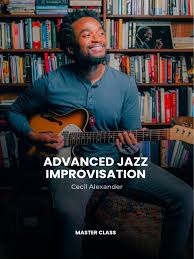
Jazz Play Along So What (Miles Davis) sheet music, Noten, partitura, spartiti, 楽譜
Miles Davis Standards vol. 49 On Green Dolphin Street Jazz Play Along sheet music (Background track)
Miles Davis in “Ascenseur pour l’Echafaud” improvising the music as they were screening the film.
Analytical Approach to Miles’ Improvisation
Miles Davis revolutionized jazz improvisation by moving away from technical virtuosity toward a more conceptual, space-conscious approach. His solos weren’t about playing the most notes but rather the right notes with perfect timing and phrasing.
Key Characteristics of Miles’ Solos:
- Economy of Notes
- Unlike bebop players who used dense, fast runs, Miles often played short, melodic phrases with space between them.
- Example: His solo on “So What” (1959) uses minimalism to create maximum impact.
- Motivic Development
- He would introduce a short melodic idea (a “motif”) and vary it rhythmically/harmonically.
- Example: “Freddie Freeloader” – he repeats and alters a bluesy phrase throughout.
- Use of Silence
- Miles understood the power of rests, letting the rhythm section breathe before re-entering.
- Example: His muted trumpet solo on “All Blues” leaves gaps for dramatic effect.
- Harmonic Substitution & Side-Stepping
- Instead of following chord changes strictly, he would imply harmonies by playing “outside” briefly before resolving.
- Example: Live versions of “Footprints” (1967) show him bending notes outside the scale.
Chord Progressions: How Miles Reinvented Harmony
1. Modal Jazz: Breaking Away from Bebop Changes
Bebop relied on fast-moving ii-V-I progressions, but Miles shifted focus to static modal vamps, allowing for freer melodic exploration.
- “So What” (Dorian Mode)
- Chord structure:
| Dm7 (Dorian) | E♭m7 (Dorian) | - Solo approach:
- Uses D Dorian (D-E-F-G-A-B-C) over Dm7, then shifts to E♭ Dorian when the harmony changes.
- Avoids playing “changes” and instead focuses on melodic development.
- “Flamenco Sketches” (Multiple Modes)
- Chord structure cycles through:
| C Ionian | A♭ Mixolydian | B♭ Dorian | D Phrygian | G Mixolydian | - Solo approach:
- Each mode gets a different emotional color.
- Miles plays sparse, lyrical lines that highlight the mode’s character.
2. Blues & Post-Bop Progressions
Even when playing over blues or complex changes, Miles simplified his approach.
- “All Blues” (G Mixolydian Blues)
- Chord structure:
| G7 | G7 | G7 | G7 | | C7 | C7 | G7 | G7 | | D7♯9 | E♭7♯9 | G7 | G7 | - Solo approach:
- Uses G Mixolydian (G-A-B-C-D-E-F) but adds blues notes (B♭, D♭).
- Example lick:
G - B♭ - C - D♭ - D - F - E - D - “Milestones” (Alternating Minor and Major Centers)
- Chord structure:
| Am7 | D7 | Gmaj7 | (Modal vamp) | - Solo approach:
- Uses A Dorian (A-B-C-D-E-F♯-G) over Am7, then shifts to G major.
- Avoids playing D7 as a dominant, treating it as a passing chord.
3. Fusion Era: Chromaticism & Polychords
By the 1970s, Miles embraced dissonance and layered harmonies.
- “Spanish Key” (Bitches Brew)
- Chord structure:
| F♯7sus4 | E7♯9 | (No strict functional harmony) - Solo approach:
- Uses F♯ minor pentatonic with added chromatic passing tones.
- Example lick:
F♯ - A - B - C♯ - E - F (outside note) - E
Transcription Analysis: “So What” Solo (1959)
Let’s break down his iconic solo from Kind of Blue.
Opening Phrase (D Dorian)
| D - F - E - D | (rest) | C - B♭ - A - G | (rest) | - Motif: Starts with a simple 4-note descending idea.
- Rhythm: Plays behind the beat for a laid-back feel.
- Harmony: Stays strictly in D Dorian, no outside notes.
Development Section
| A - C - B♭ - A | G - F - E - D | (rest) | - Variation: Takes the opening motif and shifts it up a fourth.
- Space: Leaves a gap before the next phrase.
Climactic Moment
| D - F - G - A - C - B♭ - A - G - F - E - D | - Build-up: Expands the range while keeping the Dorian sound.
- Resolution: Lands back on D, creating a satisfying conclusion.
How to Practice Miles’ Concepts
1. Modal Improvisation Exercises
- Play over a Dm7 vamp using only D Dorian.
- Restrict yourself to 4-note phrases with space between them.
2. Blues with Space
- Play a 12-bar blues, but only solo for 2 bars, then rest for 2.
- Focus on bending notes (like Miles’ muted trumpet style).
3. Motivic Development
- Create a short 3-note idea, then transpose it, invert it, or rhythmically displace it.
Recommended Listening for Solo Analysis
- “Stella by Starlight” (1958) – Post-bop harmony mastery.
- “Footprints” (Live 1967) – Shorter’s tune, but Miles’ solo is a lesson in tension/release.
- “Bitches Brew” (1970) – Free-form chromaticism.
Miles Davis – Blue In Green (Official Audio) – Bill Evans, Piano
Miles Davis and Bill Evans: A Symbiotic Partnership in Jazz Innovation
The relationship between Miles Davis and Bill Evans was one of the most transformative collaborations in jazz history. Though their time working together was relatively brief (1958–1961), it yielded groundbreaking music that redefined jazz harmony, improvisation, and composition. Their partnership blended Davis’s minimalist intensity with Evans’s impressionistic lyricism, creating a sound that remains timeless. Below is an exploration of their artistic synergy, creative tensions, and enduring legacy.
The Meeting of Minds: How They Came Together
1958: Evans Joins the Miles Davis Sextet
- Bill Evans replaced pianist Red Garland in 1958, bringing a radically different approach. Garland’s style was rooted in bebop and blues, while Evans introduced classical-influenced harmonies and a introspective, delicate touch.
- Davis was drawn to Evans’s harmonic sophistication, later stating:
“Bill had this quiet fire that I loved on piano. The way he approached it, the sound he got, was like crystal notes or sparkling water cascading down from some clear waterfall.”
Cultural Context
- Evans, a white pianist in an otherwise Black band, faced scrutiny in an era of racial tension. Davis, however, fiercely defended him, prioritizing musical genius over race. Evans himself admitted feeling like an outsider but credited Davis for fostering mutual respect in the group.
Musical Synergy: The Sound of Kind of Blue
Their collaboration reached its zenith on Kind of Blue (1959), the best-selling jazz album of all time. Evans co-composed much of the album and shaped its harmonic framework.
Key Contributions
- Modal Jazz Pioneer
- Evans’s classical training (notably his love for Ravel and Debussy) inspired the album’s modal structures, replacing bebop’s rapid chord changes with static scales.
- Example: “So What” uses only D Dorian and E♭ Dorian modes, allowing Davis and saxophonists Coltrane and Adderley to focus on melodic invention.
- Compositional Input
- Evans co-wrote “Blue in Green” (though Davis controversially took sole credit). The tune’s haunting 10-bar circular progression reflects Evans’s introspective style.
- Evans’s original composition “Peace Piece” reportedly inspired parts of “Flamenco Sketches.”
- Harmonic Texture
- Evans’s quartal voicings (chords built in fourths) and cluster chords created ethereal backdrops for Davis’s trumpet.
- On “All Blues,” Evans’s piano intro sets a hypnotic 6/8 groove, blending jazz with a classical sensibility.
Evans’s Studio Notes
Evans wrote the album’s liner notes, describing the music as “a return to emphasis on melodic rather than harmonic complexity.” This philosophy aligned perfectly with Davis’s vision.
Tensions and Departure
Despite their creative synergy, Evans left Davis’s band in late 1958, only to return briefly in 1959 for Kind of Blue. Reasons included:
- Personal Insecurity: Evans struggled with the pressure of playing alongside jazz giants like Coltrane and Cannonball Adderley.
- Drug Use: Evans battled heroin addiction, which Davis (a former addict) reportedly tolerated but grew impatient with.
- Creative Differences: Evans sought more artistic freedom, later forming his legendary trio with Scott LaFaro and Paul Motian.
Davis, however, never dismissed Evans’s genius. In his autobiography, he wrote:
“Bill was the kind of player that when you played with him, if he started something, you had to answer him… because he’d just go on and on.”
Post-Kind of Blue Collaborations
Though Evans left Davis’s regular band, they reunited sporadically:
- 1961: Evans played on the Quiet Nights sessions, though Davis dismissed the album as “TV music.”
- 1963: Evans contributed to “Time of the Barracudas,” an unfinished orchestral project.
Their later interactions were limited but respectful. Evans’s trio work further explored the harmonic language he honed with Davis, while Davis continued to cite Evans as a key influence.
Legacy of the Partnership
Influence on Jazz
- Modal Jazz: Their work on Kind of Blue became the definitive template for modal improvisation, inspiring everyone from Herbie Hancock to Wayne Shorter.
- Piano-Trumpet Dialogue: The interplay between Davis’s sparse phrasing and Evans’s lush harmonies set a new standard for group dynamics.
Contrasting Styles
| Miles Davis | Bill Evans |
|---|---|
| Minimalist, muted tone | Lyrical, impressionistic |
| Emphasis on space/silence | Dense harmonic clusters |
| Bandleader/Innovator | Composer/Introvert |
Quotes on Each Other
- Davis on Evans: “Bill’s sound knocked me out. He played the piano the way I wanted to hear it played.”
- Evans on Davis: “Miles had this incredible sense of time and space. He knew how to make silence part of the music.”
Essential Recordings Featuring Davis & Evans
- Kind of Blue (1959) – The pinnacle of their collaboration.
- 1958 Miles (1958) – Features early sextet tracks like “On Green Dolphin Street.”
- Jazz Track (1958) – Includes “Love for Sale” from their Paris performance.
Miles Davis and Bill Evans were an unlikely pair—Davis, the mercurial bandleader; Evans, the introspective poet—but together they crafted music that transcended genre. Their partnership proved that jazz could be both intellectually rigorous and deeply emotional, paving the way for future innovators. As Evans once said:
“Miles didn’t need anyone to validate his music. He just needed someone to help him realize it.”
Their legacy lives on in every pianist who explores quartal harmony and every trumpeter who values space over speed.
Further Listening:
- Bill Evans Trio, Sunday at the Village Vanguard (1961) – Evans’s post-Davis masterpiece.
- Miles Davis, Sketches of Spain (1960) – Though Evans isn’t on this album, Gil Evans’s orchestration echoes Bill’s harmonic language.
